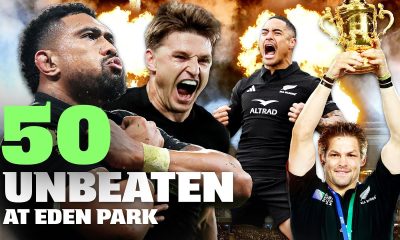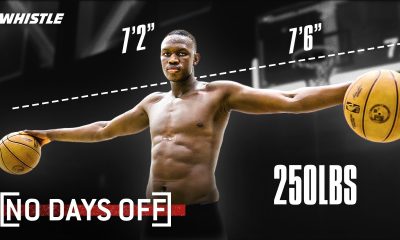NIL
'Chicago P.D.'

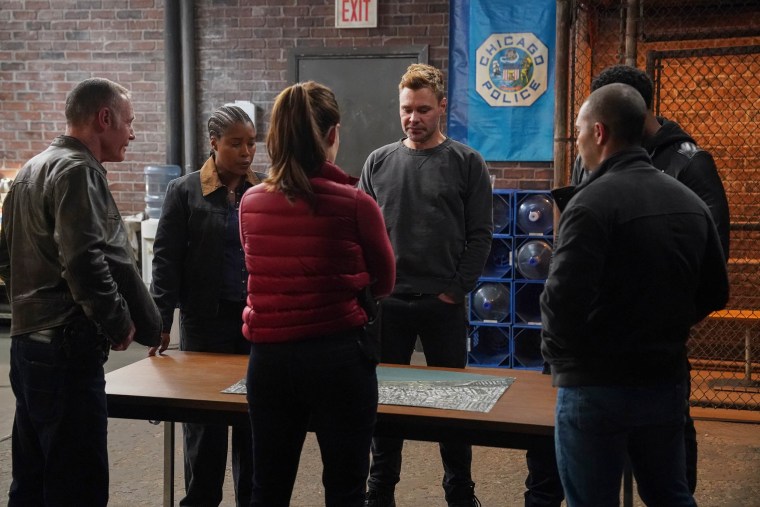

The newest member of Intelligence is getting a first in the Wednesday, April 23, episode of Chicago P.D.
In “Name Image Likeness,” Cook (Toya Turner), who joined the unit earlier this season, works her first CI (confidential informant) during a vicious robbery-homicide case involving a star college athlete.
When it comes to her approach with the CI, Cook “tries to play things close to the vest with her,” Turner tells TV Insider. “She tries to just make it be about the work, but then it starts to get more personal where she’s willing to put herself on the line for her CI. And of course it doesn’t go well.”
What’s challenging the team the most with this case is the high-profile nature of the athlete involved and being questioned. “We don’t agree on how to approach it. If you have the Steph Curry committing a crime, what do you do? I feel like Cook doesn’t give a damn. I know Platt [Amy Morton] doesn’t give a damn. Voight [Jason Beghe] doesn’t either,” says Turner. “But it seems like Atwater [Laroyce Hawkins] and Ruzek [Patrick John Flueger] had this thing, ‘Well, he’s a basketball legend,’ you know what I mean? So I think it causes us to not be clear on how we want to approach the situation.”
The season is building to the finale, which will include Burgess (Marina Squerciati) and Ruzek’s long-awaited wedding. “She looks beautiful. I cried. There’s going to be some new dynamics with relationships within the unit going on, and the cake was great,” Turner previews.
Executive producer Gwen Sigan previously told us in January, “To get to see the two of them finally tie the knot after all this time and do something special and that feels a lot like them is the goal.”
What are you hoping to see in this next Cook-centric episode and in the season finale Burzek wedding? Let us know in the comments section below.
Chicago P.D., Wednesdays, 10/9c, NBC
More Headlines:
NIL
Diego Pavia promises to donate all his NIL money to a G5 team if it wins the national championship

Vanderbilt quarterback Diego Pavia has never lacked confidence or conviction. He proved it again this week with one of the boldest statements of the college football season.
Appearing on The Pivot Podcast, Pavia argued that the College Football Playoff should truly consist of the 12 best teams in America. He doesn’t believe this year’s Group of Five participants, Tulane and James Madison, have any real shot at winning it all. Then, he took it a step further.
SUBSCRIBE to the On3 NIL and Sports Business Newsletter
“It’s a 12-team Playoff. Put every team that’s good,” Pavia said. “If a G5 team wins it, I would donate whatever I got in NIL back to that team. I would do that, if a G5 team ever wins it.”
Alas, Pavia’s frustration is rooted in Vanderbilt’s narrow miss of the postseason despite a historic 10–2 season. The Commodores finished at No. 13, falling outside the field of 12 and behind programs like Notre Dame, BYU and Texas.
The irony is that those teams would’ve kept Vanderbilt out, even automatic bids did not exist. Still, for a program that just delivered its first-ever 10-win regular season, being left out stings. And Pavia, one of the nation’s most electric players, has not been shy about voicing that disappointment.
His appearance on The Pivot was part of a whirlwind week as the elder quarterback continues his media tour ahead of Saturday’s Heisman Trophy ceremony. Pavia was named one of four 2025 finalists, joining Indiana’s Fernando Mendoza, Ohio State’s Julian Sayin and Notre Dame running back Jeremiyah Love in New York City.
No national title, but can Diego Pavia win the Heisman?
During the interview, Pavia also opened up about what the Heisman moment means to him. It’s something he has dreamed about since childhood.
“I still remember Johnny winning it,” he said, recalling Johnny Manziel’s iconic Heisman victory. “I used to watch Johnny’s tape. … I want that to be me one day. Now, it’s coming full circle.”
All told, Pavia’s rise has been nothing short of remarkable. He led the SEC in total offense with 4,018 yards and accounted for 36 touchdowns while carrying Vanderbilt to the brink of the Playoff.
He also became just the fourth SEC player in the last 30 years to top 250 passing yards and 150 rushing yards in a single game. That put him in a group headlined by Manziel, Jayden Daniels and Tim Tebow.
Whether Pavia wins the Heisman or not, he has already cemented his place as one of the most compelling characters in college football. He’s fiery, fearless and unapologetically competitive, and now he’s willing to put his NIL on the line to prove a point.
— On3’s Alex Byington contributed to this article.
NIL
Insight into Matt Campbell’s transfer portal, NIL experience entering Penn State

The Penn State coaching search didn’t go exactly as planned, but the Nittany Lions ultimately landed a potential strong hire in 46-year-old Matt Campbell, luring him away from Iowa State.
Campbell delivered Iowa State’s most successful stretch in program history over the last decade, winning seven games in eight of his 10 seasons in Ames, Iowa, including four of the Cyclones’ 12 eight-win seasons all-time and their first 10-win campaign, an 11-3 finish in 2024.
Still, questions linger about whether Campbell can compete with Big Ten elites like Ohio State, Michigan, Oregon and Indiana on the recruiting trail.
Iowa State posted high school finishes of Nos. 55, 55, 42, 39, and 59 over the last five cycles. It signed just one top 75 transfer class during his tenure (No. 59 in 2025).
CBS Sports‘ College Football Insiders weigh in on whether Campbell can elevate his game with Penn State’s resources, or if the Nittany Lions should brace for more tough sledding against the Big Ten’s best.
“Not long after the Penn State job opened, we talked to someone close to Matt about whether he’d be a fit,” said John Talty on Tuesday’s episode. “That person mentioned him not really having to mess with NIL and the transfer portal that much at Iowa State.
NIL
WVU’s Slaton Officially Inducted Into The College Football Hall of Fame

Last night, Slaton and 15 others were inducted into the College Football Hall of Fame during the 67th National Football Foundation (NFF) Annual Awards Dinner at the Bellagio Resort & Casino in Las Vegas.
According to the NFF release, more than 1,800 people were in attendance and the event was also streamed on ESPN+.
Slaton broke onto the scene during his freshman year in 2005 when he went from fourth on the team’s depth chart to scoring a school-record six touchdowns in West Virginia’s five-overtime 46-44 victory over Louisville and later setting a Sugar Bowl rushing record with 204 yards in the Mountaineers’ stunning 38-35 victory over Georgia.
He was named the game’s offensive MVP.
Slaton’s record lasted nine years before being topped by Ohio State’s Ezekiel Elliott in 2015 against Alabama when he ran for 230 yards.
His best season at West Virginia came in 2006 when he rushed for a career-high 1,744 yards with 16 touchdowns, while also catching 27 passes for 360 yards and two scores to earn unanimous consensus All-America honors. He was second in the nation in all-purpose yardage, fourth in rushing yards per game and tied for 12th in scoring.
His best single-game performance was his 215 yards rushing and 130 yards receiving in the Mountaineers’ 45-27 victory over Pitt in 2006.
Slaton’s junior year in 2007 saw him eclipse 100 yards in a game six times and finish with another 1,000-yard rushing season, his third at WVU.
In 36 career games, the Levittown, Pennsylvania, resident rushed for 3,923 yards and a school-best 50 touchdowns. His rushing yardage total ranks fifth in school history despite skipping his senior year to enter the NFL Draft.
“When the dust settles, all of the hard work you put in will show off,” Slaton said during Tuesday afternoon’s press conference. “Everybody from that 2005 season on the team and the people of the state, they surround you and help make you become a better player for them.”
West Virginia won the 2006 Sugar, 2007 Gator and 2008 Fiesta Bowls and produced an impressive 33-5 record during Slaton’s three seasons in Morgantown.
“I’m most proud that all of the guys are still friends,” he said. “We’re still a family and I think that’s why football is one of the best team sports that you can play. I’m proud that the guys I grinded with have remained great men, great human beings and great fathers. I appreciate that.”
Slaton played five NFL seasons with the Houston Texas and Miami Dolphins, rushing for 1,282 yards and scoring nine touchdowns during his rookie season in 2008, but a severe nerve injury affecting his right arm and causing numbness curtailed his professional career.
Today, he lives in Houston, Texas, with his wife Kimberly and their two sons.
Slaton now becomes the 14th player with West Virginia University ties inducted into the College Football Hall of Fame. Linebacker Darryl Talley was the most recent inductee in 2011.
Among those in Las Vegas representing West Virginia University in support of Slaton were coach Rich Rodriguez, athletics director Wren Baker and president Michael T. Benson.
NIL
Which CFP teams have the most money? Breaking down field by NIL spending power
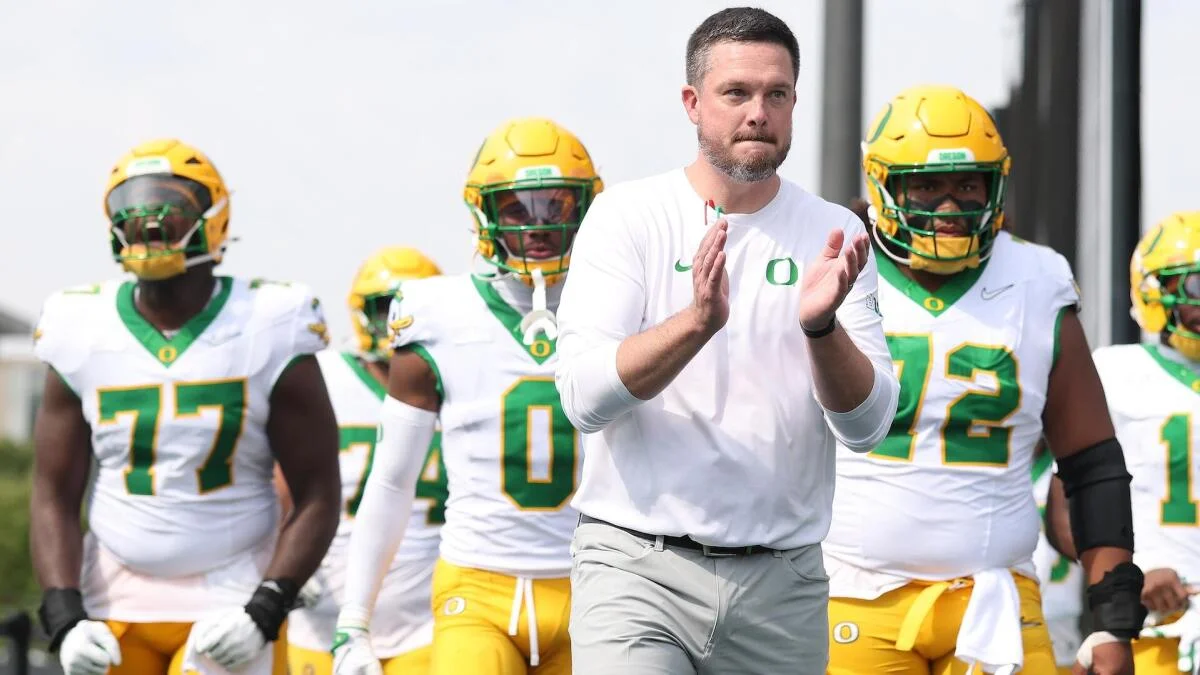
The first two years of the College Football Playoff’s 12-team era painted a clear picture of today’s NIL realities. That is, while programs can still compete at the highest level with modest budgets, the most surefire path to a prominent seed and national championship contention is to invest an extreme load of money into a star-studded roster. Some of the biggest spenders from the 2025 offseason find themselves, to no surprise, at the top of this year’s bracket.
Overachievers prove every year that money is not always everything. They require a special blend of coaching acumen and talented players who, in many cases, earn paychecks at wealthier programs at season’s end. Doing more with less can result in a CFP berth, but time and time again, the playoff process separates the haves from the have-nots by the end of the national championship game.
Programs over the last five years displayed their NIL capabilities on the recruiting trail and with their player retention efforts, providing evidence of where they stand in the national pecking order.
Here are the 2025 CFP participants grouped into NIL spending power tiers.
Elite spenders

Ohio State
The Buckeyes were not shy about the $20 million price tag associated with their roster a year ago. That investment put Ohio State effectively in its own universe, and while other programs will catch up, it will always have an advantage in the revenue-sharing era as perhaps the most valuable and recognizable brand in the sport. Acquiring and retaining an inordinate amount of college football’s biggest stars — Julian Sayin, Jeremiah Smith and Caleb Downs chief among them this year — comes with an astronomical financial burden that Ohio State has proven more than willing to tackle.

Oregon
Oregon’s relationship with Phil Knight has made playing for the Ducks a lucrative opportunity. With the Nike co-founder committed to doing what it takes to win a national championship, Oregon continues to inch closer to a full breakthrough. That could come as soon as this season, but if not, it is probably only a matter of time. Dan Lanning stacked the most loaded recruiting classes in program history on top of each other and has the No. 3-ranked haul in the 2026 cycle, per 247Sports. The aggressive NIL operation makes his elite talent acquisition both possible and sustainable.

Texas Tech
There is a new player in the college football arms race, and it resides in West Texas. Billionaire booster Cody Campbell made a bold investment into Texas Tech football ahead of last offseason’s transfer portal cycle, paving the way for the Red Raiders to acquire game-changing newcomers like David Bailey, Lee Hunter and other immediate contributors responsible for delivering the best season in program history. Campbell’s financial backing sets Texas Tech up to compete perennially at the top of the Big 12 and perhaps stockpile enough talent to contend for national championships.

Miami
Miami has been at the forefront of the NIL picture since Mario Cristobal took the head coaching job in 2022. The Hurricanes’ efforts reached a new level last offseason when they went all-in on acquiring top transfer Carson Beck on a $4 million deal and turned heads with a $2 million annual commitment to five-star offensive line recruit Jackson Cantwell. Cristobal has long been one of the sport’s most talented recruiters. He will only become more dominant if the Hurricanes continue to spend like an upper-class program.

Texas A&M
Texas A&M athletes across all sports received $51.4 million in NIL revenue from July 2024 to June 2025 with an extreme majority of that distributed across men’s sports. The most telling part of that number is that the Aggies nearly tripled their war chest from the year prior. Is it a coincidence that the surge in NIL spending came in conjunction with Texas A&M’s best season on the football field since 2012? Probably not, considering prized transfer pickups KC Concepcion and Mario Craver were two of the SEC’s most productive wide receivers and proved instrumental in elevating the offense to a playoff-caliber level.
Big spender

Ole Miss
Before he departed for LSU, Lane Kiffin became almost synonymous with NIL and the transfer portal at Ole Miss. It was his aggressive approach in those regards that helped the Rebels gain a first-mover advantage, string together the best seasons in program history and emerge this season as a true contender for championships at the conference and national levels. The question now is whether Ole Miss will sustain that willingness and ability to spend at such a competitive rate.
Good, but maybe not as elite as you think

Alabama
Not all that dissimilar to professional stars leaving money on the table to allocate to their supporting casts, Alabama players at the start of the NIL era in many cases were willing to take a discount to play for Nick Saban. While that allowed the Crimson Tide to spread its wealth and build deep, immensely talented rosters, it also meant the program would have to play catch-up after Saban’s retirement. To be clear, Alabama is doing just fine on the recruiting trail (Kalen DeBoer just signed the nation’s No. 2-ranked class), but its payroll is a hint more modest than some of the other programs in its realm.

Georgia
As a recent two-time national champion with arguably the top active coach in college football, Georgia can afford to be a bit more selective with how it allocates its NIL dollars. Playing for the Bulldogs is such an immense draw that Kirby Smart can outrecruit his competitors with less reliance on paychecks and more emphasis on the potential to win titles and find success down the line in the NFL. Still, Georgia spends handsomely where it needs to, and it hit a home run last offseason in acquiring SEC receiving leader Zachariah Branch through the portal.

Oklahoma
Brent Venables was among the coaches this year who took a pay cut and gave part of his salary back for NIL and revenue-sharing purposes. While the $1 million he agreed to forgo is only slightly more than a drop in the bucket, it showed that Oklahoma recognizes its needs and is willing to be creative in how it funds its roster. The Sooners may not be at the top of the spending ladder, but it is not far off and proved its competitiveness in that space when it went big in the transfer portal and made splashes like landing John Mateer and then-highly regarded running back Jaydn Ott.
Solid spender

Indiana
The Curt Cignetti hire and immediate success that came with it invoked a jolt of energy into the Indiana football program and, with it, a surge in investment. The Hoosiers flexed their financial muscles when they paid up to secure Cignetti with a long-term contract. They spent significantly in the transfer portal to fill roster holes and, most notably, acquired a Heisman Trophy finalist in Fernando Mendoza. And with contributions from Mark Cuban and ideal alignment inside the athletic department, the Hoosiers appear to have staying power as a college football new blood.
Great for a Group of Five school

Tulane
The transfer portal displayed last winter the chasm between the Group of Five and Power Four levels. That reality hit Tulane hard. Quarterback Darian Mensah left to become the highest-paid known player in college football history at Duke, and he was just one of the standouts from the 2024 Green Wave roster that earned paydays at other schools. But while Tulane operates on a lower NIL tier than its power conference counterparts, it is in a strong position by Group of Five standards. Less than a handful of programs at this level have more spending power than the Green Wave.
Okay for a Group of Five school

James Madison
An excellent string of coaches helped James Madison transition smoothly into the FBS, but even while the Dukes cemented themselves as perennial Sun Belt championship contenders in short order, they have some catching up to do with Group of Five frontrunners in the NIL space. Unless James Madison continues to hit home runs with its coaching hires, it may not have a distinct edge over the other programs contending for the fifth College Football Playoff automatic bid. For a school just four years into its FBS existence, though, its immediate success gives a high floor and ample momentum.
NIL
Diego Pavia Vows to Give Up His NIL Money if This CFP Scenario Happens

Several teams this season were left on the outside looking in at the College Football Playoff—teams many believed had a legitimate case to be included in the 12-team field.
But with the current criteria and format, that’s always going to happen, especially with Group of Five champions earning automatic bids. That’s exactly what we saw this year with Tulane and James Madison securing the final two spots.
That left out teams like Notre Dame, BYU, Vanderbilt, and Texas—four programs that didn’t always make things easy on themselves but would likely be heavy favorites in a head-to-head matchup against either of those two schools.
During a recent appearance on “The Pivot” podcast, Vanderbilt quarterback and newly named Heisman Trophy finalist Diego Pavia made a bold claim: if a Group of Five team like Tulane or James Madison ever wins the College Football Playoff, he’ll give all of the NIL money he’s earned—worth several million dollars—to that school, because he doesn’t believe it will ever happen.
“It’s a 12-team field. You put every team that’s good in there. If a Group of Five team wins it, I would donate whatever I had in NIL back to that school. I would do that—if a G5 team ever wins it,” Pavia said.
More news: Lane Kiffin Sends 4-Word Message to Ole Miss Before College Football Playoff
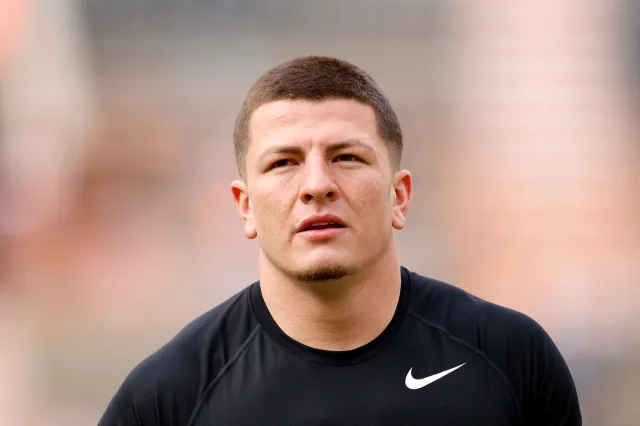
More news: Nick Saban Has Strong Reaction to Notre Dame’s College Football Playoff Snub
This year’s scenario was unusual because the ACC, one of the Power Four conferences, had an extremely down year. The Duke Blue Devils, who finished with five losses, won the conference championship but didn’t receive one of the automatic CFP bids, opening the door for two Group of Five teams to sneak into the field.
In most seasons, four of the five teams that make the playoff come from the SEC, Big Ten, Big 12, and ACC, with just one Group of Five team earning a spot. But after an outcome like this year, there have been calls to revise the rules.
The committee now faces a key question: should the priority be putting the 12 best teams in the field, or rewarding teams for winning their conference championship and being among the five highest-ranked title winners, while filling the remaining seven spots with at-large bids?
More news: Big 12 Coach Admits College Football is Broken After Missing Out on CFP
NIL
Bailey, Rodriguez collect Pony Express Award
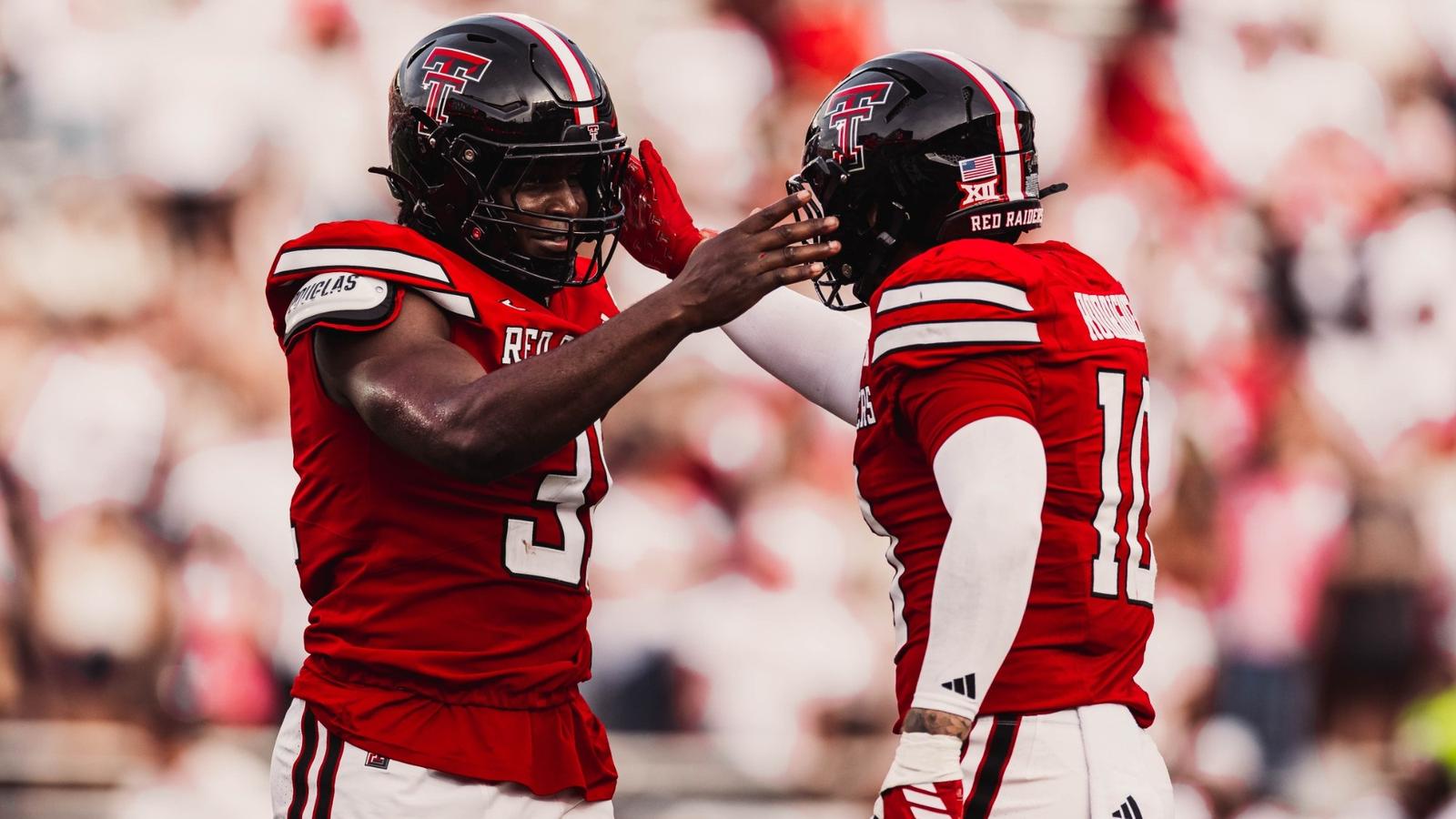
LUBBOCK, Texas – Texas Tech senior outside linebacker David Bailey and senior linebacker Jacob Rodriguez were recognized Tuesday with the Pony Express Award, which honors college football’s most-outstanding teammate duo, regardless of position.
The award, named in honor of former SMU running backs Eric Dickerson and Craig James, is back in its second year, highlighting the nation’s top tandems such as Bailey and Rodriguez, who have helped build one of the nation’s top defenses this season for the Red Raiders. Bailey and Rodriguez were named the winners of this season’s Pony Express Award over fellow talented duos in Ohio State quarterback Julian Sayin and wide receiver Jeremiah Smith, Georgia linebackers CJ Allen and Raylen Wilson and Notre Dame running backs Jeremiyah Love and Jadarian Price.
“Jacob Rodriguez and David Bailey played with relentless energy and absolute trust in each other,” said Dickerson, who joined with James to form one of college football’s all-time great rushing duos from 1979-82. “They embody the team-first mindset that defines this award.”
Bailey has lived up to his reputation as one of the nation’s top pass rushers since arriving at Texas Tech this past offseason, ranking among the FBS leaders with 13.5 sacks and 17.5 tackles for loss. Bailey leads all power conference players in sacks, ranking second overall in the category, while his 17.5 tackles for loss are third in the FBS.
Pro Football Focus credits Bailey with 74 total pressures this season, which easily leads all of college football. The publication has awarded him a 93.0 overall defensive grade, which is tied for second nationally among all positions behind only his teammate in Rodriguez. This is easily the most-productive season of Bailey’s career, pushing the Red Raiders to a 12-1 record and their first Big 12 title after a 34-7 victory this past Saturday over BYU.
This is the third national award for Rodriguez in the past week, meanwhile, as he previously was named the winner of the Butkus Award, presented to the nation’s top linebacker, and the Bronko Nagurski Trophy, which celebrates the nation’s premier defensive player. He and Bailey are also two of four finalists for the Lombardi Award, which will be announced in Houston on Wednesday night.
Entering bowl season, Rodriguez leads the FBS with seven forced fumbles and ranks among the top 15 nationally with 117 tackles. He is also the first FBS player since 2005 to record at least five forced fumbles, two fumble recoveries and four interceptions in the same season. His impact anchored a Texas Tech defense that leads the nation with 31 takeaways and ranks third nationally in scoring defense at 10.9 points per game. Rodriguez was responsible for nine takeaways himself — all in Big 12 play.
“These two leaders showed how much impact a committed partnership can have,” James said. “They performed at a high level, inspiring everyone around them.”
The Pony Express Award is determined by a vote of current college football players, making it one of the most unique recognitions in the sport. The award was previously presented to Colorado teammates Shedeur Sanders and Travis Hunter following the 2024 season.
-
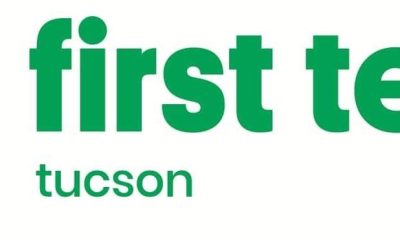
 Rec Sports2 weeks ago
Rec Sports2 weeks agoFirst Tee Winter Registration is open
-

 Rec Sports2 weeks ago
Rec Sports2 weeks agoFargo girl, 13, dies after collapsing during school basketball game – Grand Forks Herald
-

 Motorsports2 weeks ago
Motorsports2 weeks agoCPG Brands Like Allegra Are Betting on F1 for the First Time
-

 Motorsports2 weeks ago
Motorsports2 weeks agoF1 Las Vegas: Verstappen win, Norris and Piastri DQ tighten 2025 title fight
-
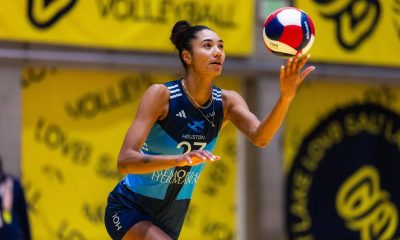
 Sports2 weeks ago
Sports2 weeks agoTwo Pro Volleyball Leagues Serve Up Plans for Minnesota Teams
-

 Sports2 weeks ago
Sports2 weeks agoUtah State Announces 2025-26 Indoor Track & Field Schedule
-
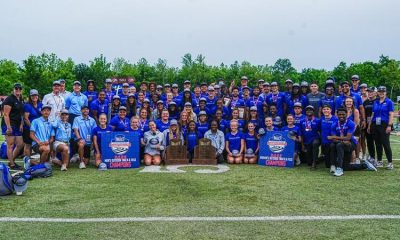
 Sports2 weeks ago
Sports2 weeks agoSycamores unveil 2026 track and field schedule
-
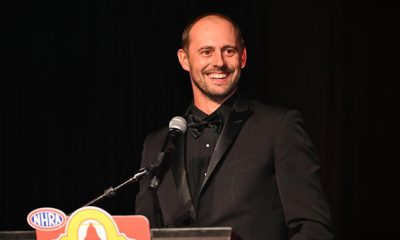
 Motorsports2 weeks ago
Motorsports2 weeks agoRedemption Means First Pro Stock World Championship for Dallas Glenn
-
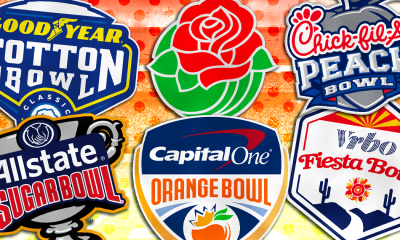
 NIL1 week ago
NIL1 week agoBowl Projections: ESPN predicts 12-team College Football Playoff bracket, full bowl slate after Week 14
-

 Sports2 weeks ago
Sports2 weeks agoTexas volleyball vs Kentucky game score: Live SEC tournament updates




